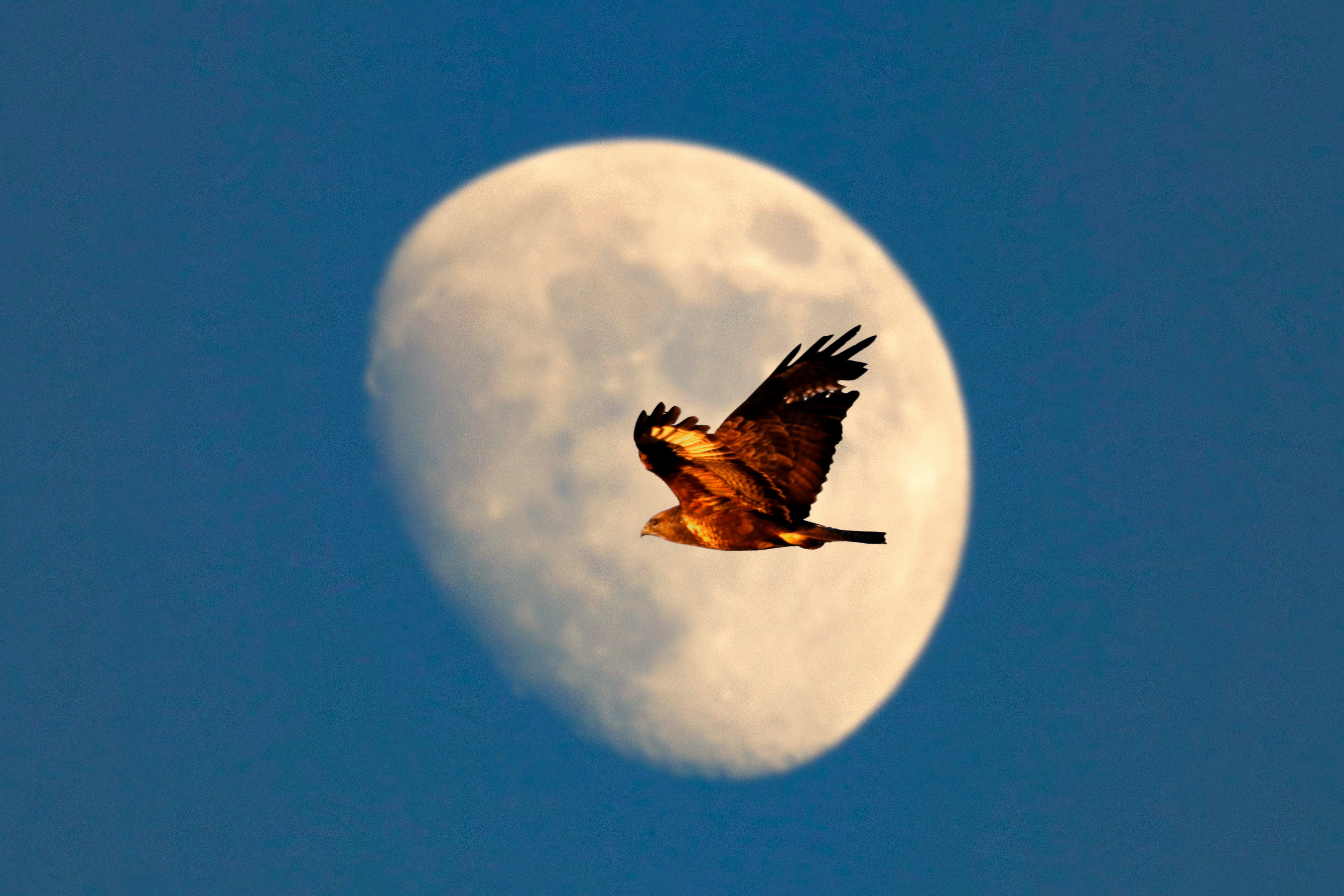
As most of my under-25 friends like to tell me during a rough patch, what happens in the sky might shake things up for us here on Earth. Though Mercury in retrograde might not have the catastrophic effect your horoscope suggests, the idea has some merit — the Moon’s gravity pulls tides, the Sun burns your skin.
The rarer lunar eclipse also has an observable effect, but you don’t have to worry about it as much as black swift birds do. Find out how lunar eclipses impact these secretive birds, how hibernation impacts aging and some weird, real science behind the fantasy movie Shrek in today’s Inverse Daily.
But before you go, help out our writers — we’re working on a men's health story right now, and we want to know: Do you or did you ever take creatine to support your health? If so, hit ‘reply’ and tell us why you take it and what effects you have seen.
This is an adapted version of the Inverse Daily newsletter for Monday, March 21, 2022. Subscribe for free and learn something new every day.
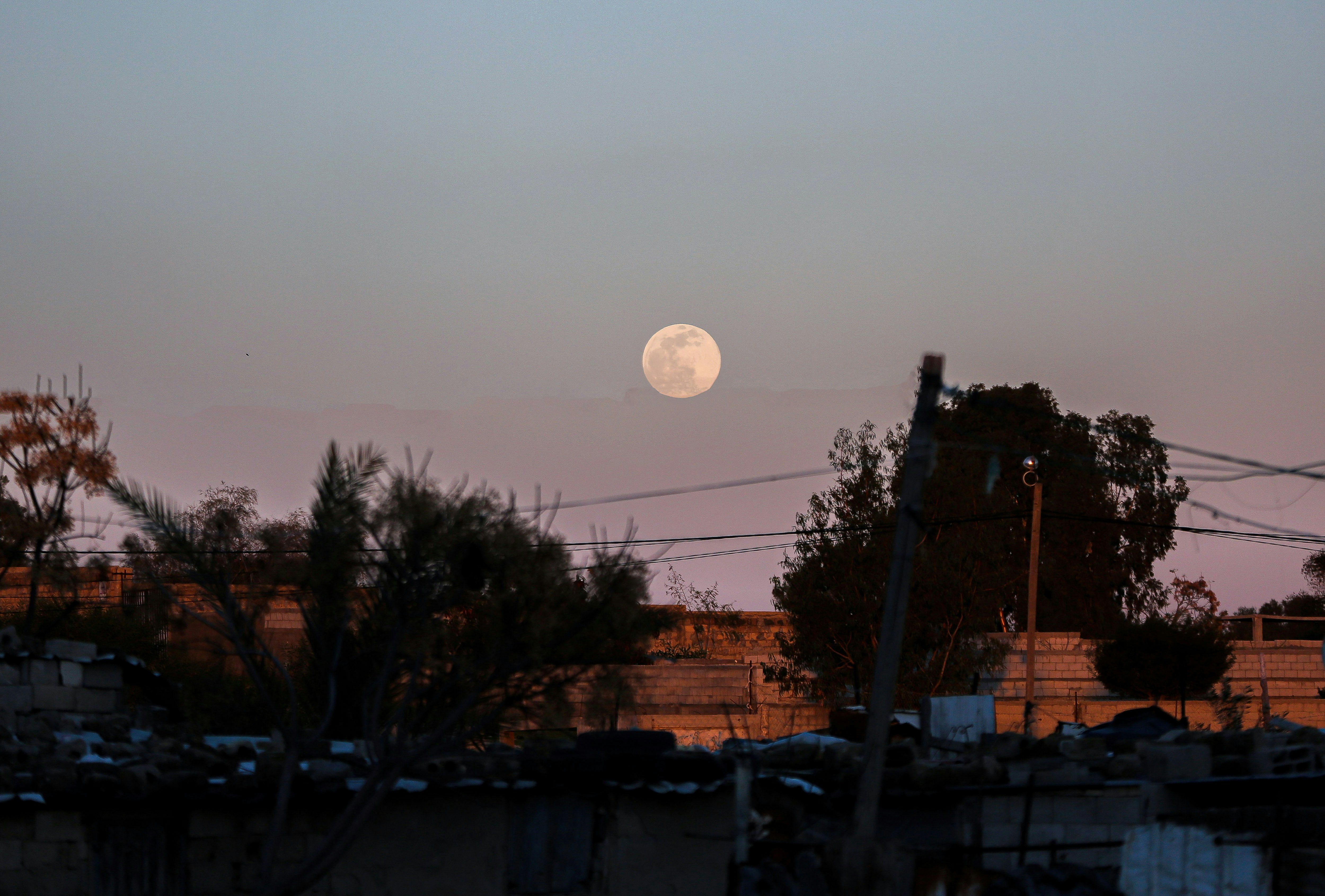
Lunar eclipses have one weird effect on birds
The swift bird species loves to move. In fact, “for up to 10 months out of the year, swifts native to Europe, Asia, and Africa are constantly in motion,” writes Jennifer Walter. They never land, not even to sleep. Researchers wanted to know if the black swift bird had the same predilection for the sky.
So they “fitted seven black swifts with backpack harnesses that carried data-logging devices they wore all throughout migration season,” writes Walter. The migration season happened to include a total lunar eclipse in January 2019, and researchers were able to catch a surprising response from the birds.
During the eclipse, “the birds suddenly dropped in altitude and stayed at that level for the duration of the eclipse,” writes Walter. “After it ended, the birds all shot back up to their previous, higher altitude as if on cue.” Researchers aren’t entirely sure why this happened (maybe there wasn’t enough light to fly high and search for food?), but other birds like European nightjars are swayed by the Moon, too.
Fly away: The world’s smallest flying robot is the size of a grain of sand
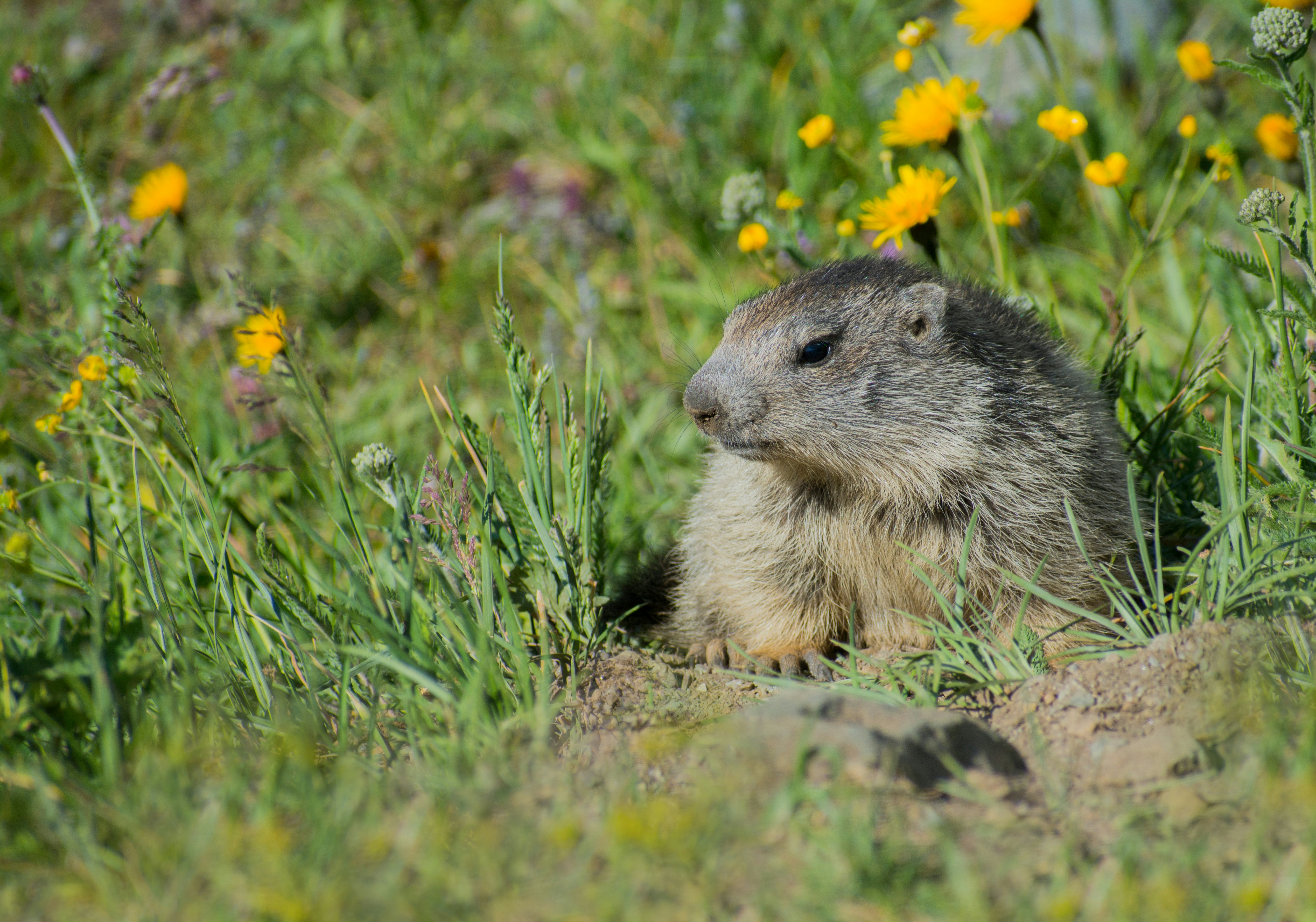
A ridiculously fluffy rodent may hold the secret to longevity
Popular culture tells you that the secret to eternal youth lies in a flowing fountain or glimmering philosopher’s stone, but it might actually be nestled in the silly-looking yellow-bellied marmot (Marmota flaviventer).
“For nine months of the year, these cuties steel their fuzzy yellow bellies against the cold Rocky Mountain winters in deep hibernation,” writes Inverse science reporter Elana Spivack. “Many mammals hibernate, like bears and squirrels, but marmots have some of the longest hibernation seasons.” Fascinatingly, according to a study in Nature published earlier this month, hibernation might allow these marmots to stop the aging process entirely.
Researchers came to this conclusion after tracking 73 marmots’ biological aging process “by looking at their epigenetic changes, which are the many natural alterations that occur to one’s DNA over time,” writes Spivack. There were so few epigenetic changes during hibernation, and researchers knew that “the marmots’ biological age had not budged.”
It’s only natural: Can fasting or the keto diet slow aging?
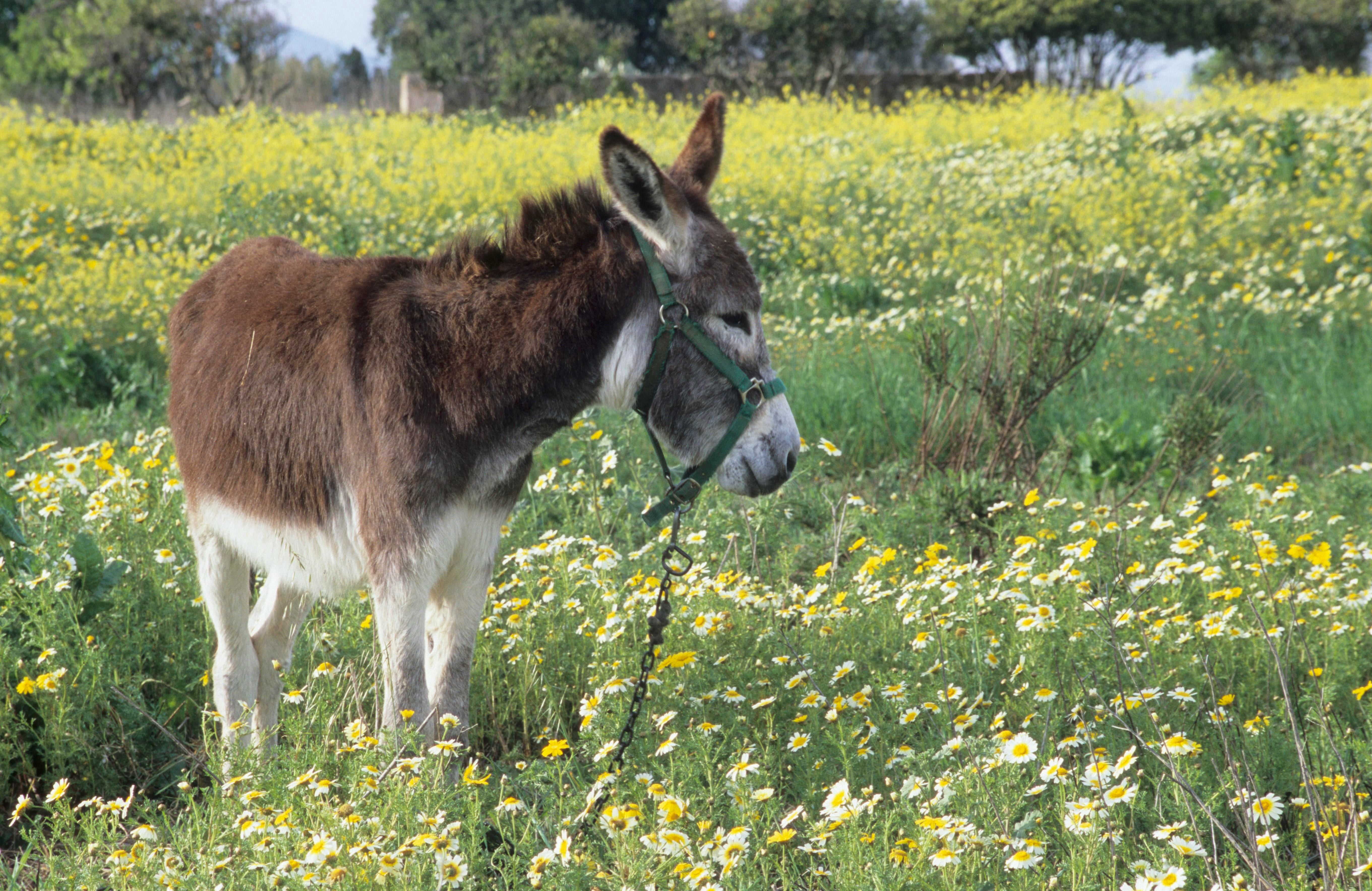
The best fantasy movie on Netflix reveals a weird scientific debate
“There’s a lot of weird stuff in Shrek 2 — the sequel to DreamWorks’ surprising smash hit about an ogre falling in love with a princess,” writes Tara Yarlagadda in her latest installment of Reel Science. But “amid the royal frogs, ogre farts, and angry in-laws in Shrek 2, there’s one detail that is undoubtedly weirder than the rest,” writes Yarlagadda. Shrek’s best friend, Donkey, produces little hybrid babies with his one true love, the long-lashed Dragon.
I don’t think anyone watches Shrek 2 for educational purposes (they watch for Jennifer Saunders singing “Holding Out for a Hero”), but this “bizarre donkey-dragon relationship actually reveals a serious scientific debate about the biology of hybrid animals and their role in the animal kingdom,” writes Yarlagadda.
But sadly, even if dragons were real, experts tell Inverse that dragon-donkeys (donkey-dragons?) would never exist because the two species would be too different. That said, “many scientists interpret ‘hybrid’ to mean a cross between two different species,” writes Yarlagadda, and interspecies breeding actually happens in the wild more often than scientists initially thought.
Even if a donkey and dragon were able to make it work on their own terms, the world might suffer for it — Yarlagadda notes that there are expert “concerns about whether hybrids are good from an evolutionary perspective.”
In my swamp: In Japan’s Fukushima, boar-pig hybrids rule
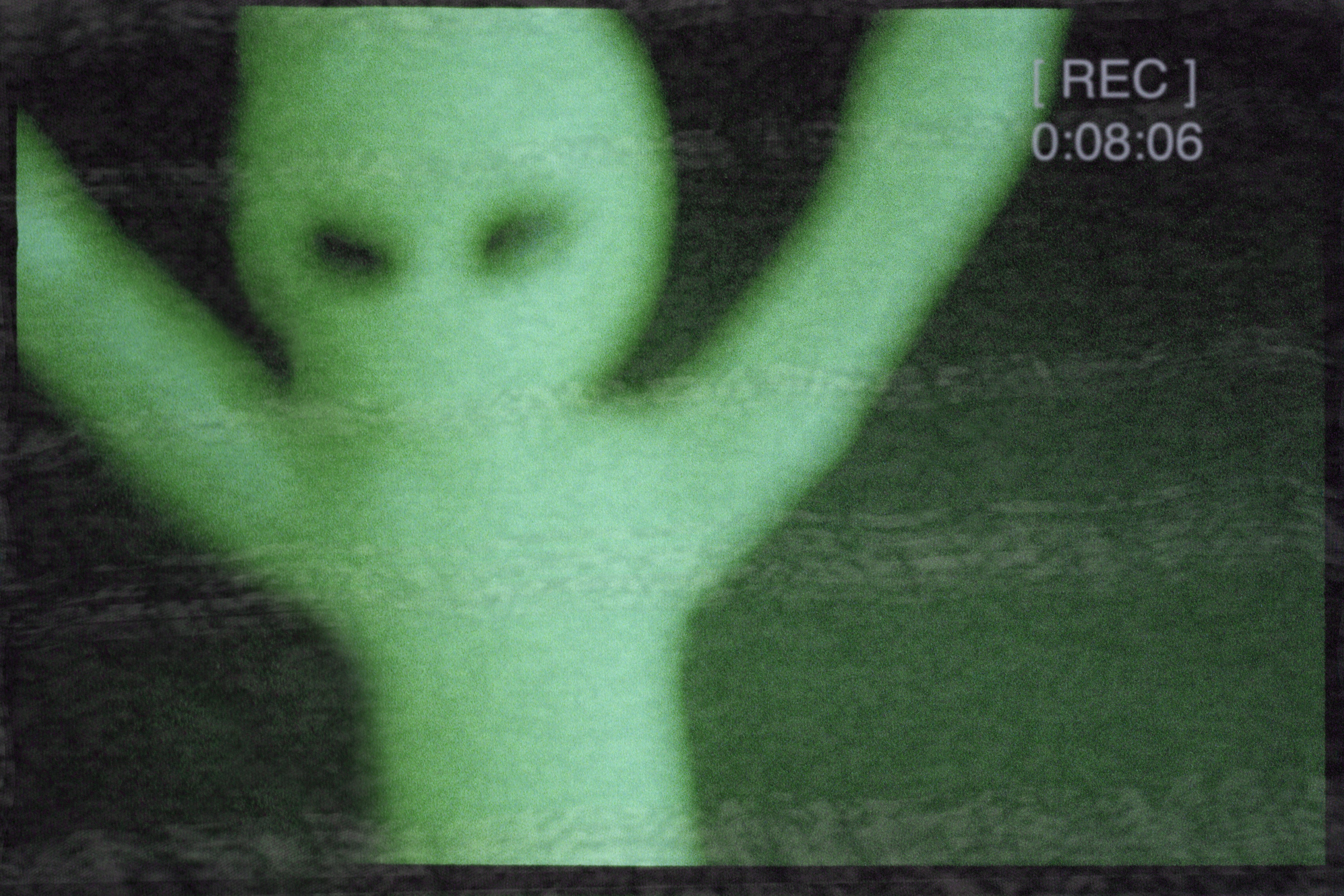
Russian invasion of Ukraine derails a vital mission to find alien life on Mars
Because the second part of the ExoMars mission, which hopes to find evidence of life on Mars, was reliant on a Russian Roscosmos lander, the European Space Agency just announced that the mission is suspended.
In the hypothetical world where the mission did go as planned, the ExoMars rover “would have taken instruments designed to search for subsurface water on Mars, as well as scientific tools to look for organic compounds in subsurface samples,” writes Inverse editor John Wenz.
“But the war in Ukraine leaves the ESA in a bind: If Russia isn’t a willing or desirable partner for the mission, then the ESA would have to find an alternative to be able to launch ExoMars on time.”
So the ExoMars mission has been placed gingerly on the backburner, joining the growing list of space trips that could be delayed if the ESA doesn’t find a Roscosmos replacement soon.
Stay up-to-date with Inverse: SpaceX could save the ISS if Russia bails

About this newsletter: Do you think it can be improved? Have a story idea? Want to share a story about the time you met an astronaut? Send those thoughts and more to newsletter@inverse.com.
- On this day in history: The giant asteroid 2001 FO32 brushed Earth at a distance of approximately 1.25 million miles, “or 5 ¼ times the distance from Earth to the Moon,” NASA writes at the time. Earth was in no danger, but the flyby provided researchers with a rare glimpse of the asteroid, which won’t be that close to Earth again until 2052.
- Song of the day: “Asteroid Blues” by Yves Tumor.







